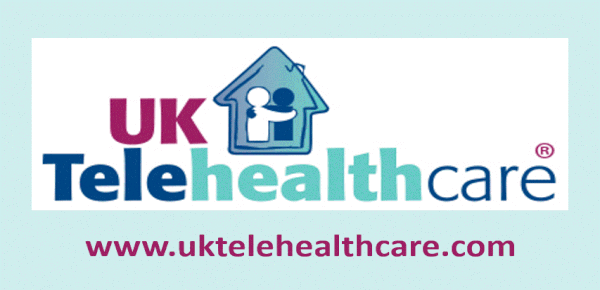With a bit of editing and a slightly revamped commentary this video could become a useful introduction to telecare and telehealth for the public. However, people who know me will anticipate that I have a huge problem with Norfolk’s conflation of ‘assistive technology’ with telecare and telehealth, hence I’ve also categorised the video under ‘terminology’.
Let’s get this straight: ‘assistive technology’ is a very broad term for any equipment that helps compensate for some form of functional impairment. Or, as the Foundation for Assistive Technology (FAST) defines it, “Assistive Technology (AT) is any product or service designed to enable independence for disabled and older people.” A few shots at the beginning of the video imply that they understand this, but it soon slips into referring to the telecare and telehealth as AT. Although can be regarded as a subset of AT, there is no implication that AT has a remote component in any way, which is the key defining characteristic of telecare, telehealth, telemedicine, etc. When I was contracted to work at the Department of Health I frequently reminded civil servants and Ministers not to refer to telecare as ‘assistive technology’ and I thought that eventually the message did get through. At least by the time the Preventative Technology Grant conditions were published. And now it raises its head again…
OK, rant over! My thanks to Saneth Wijayaratna of Telemedcare Ltd for alerting me to the 7 minute video.
[youtube=http://www.youtube.com/watch?v=0ukJMscqLak]







Most Recent Comments